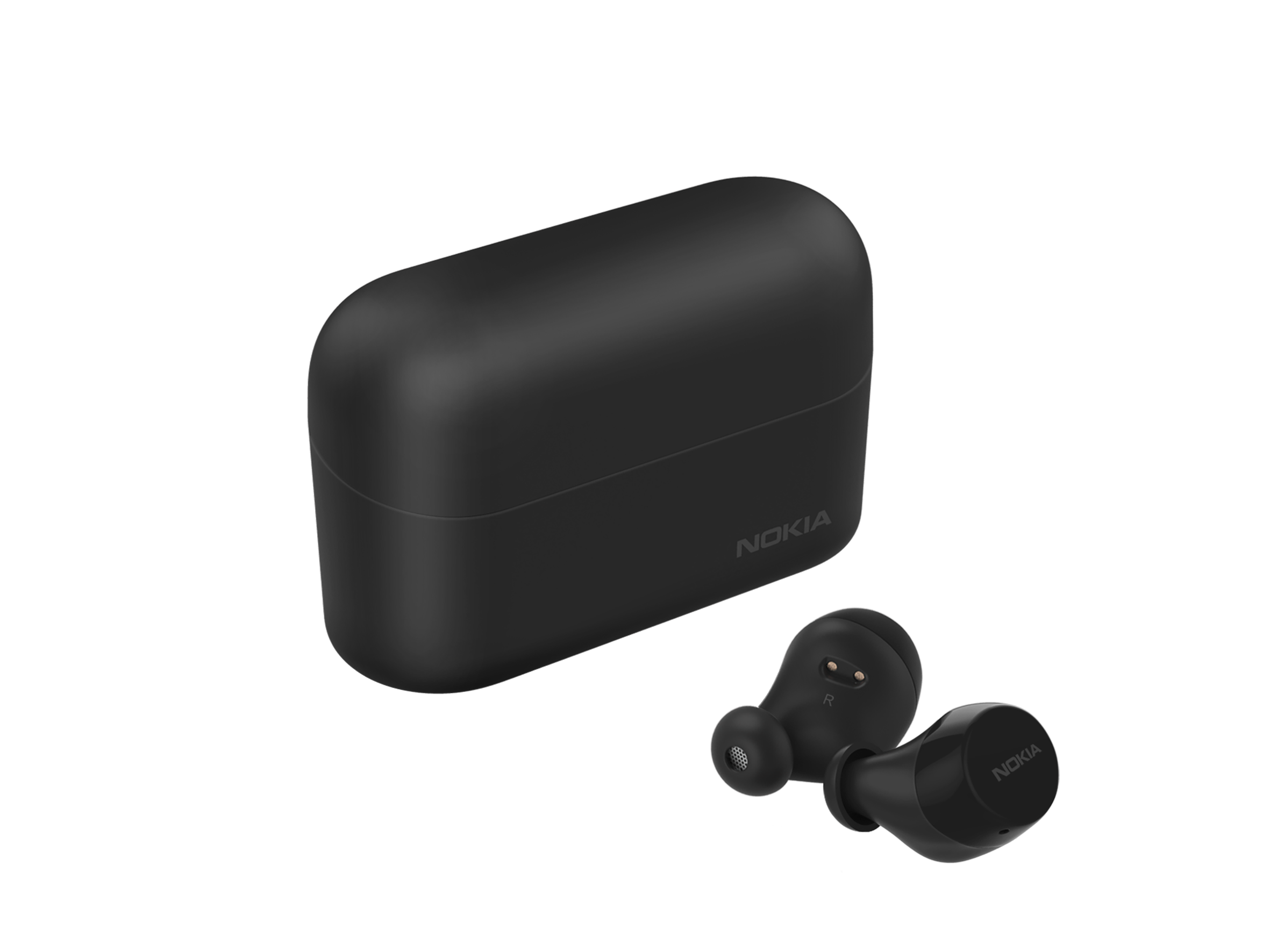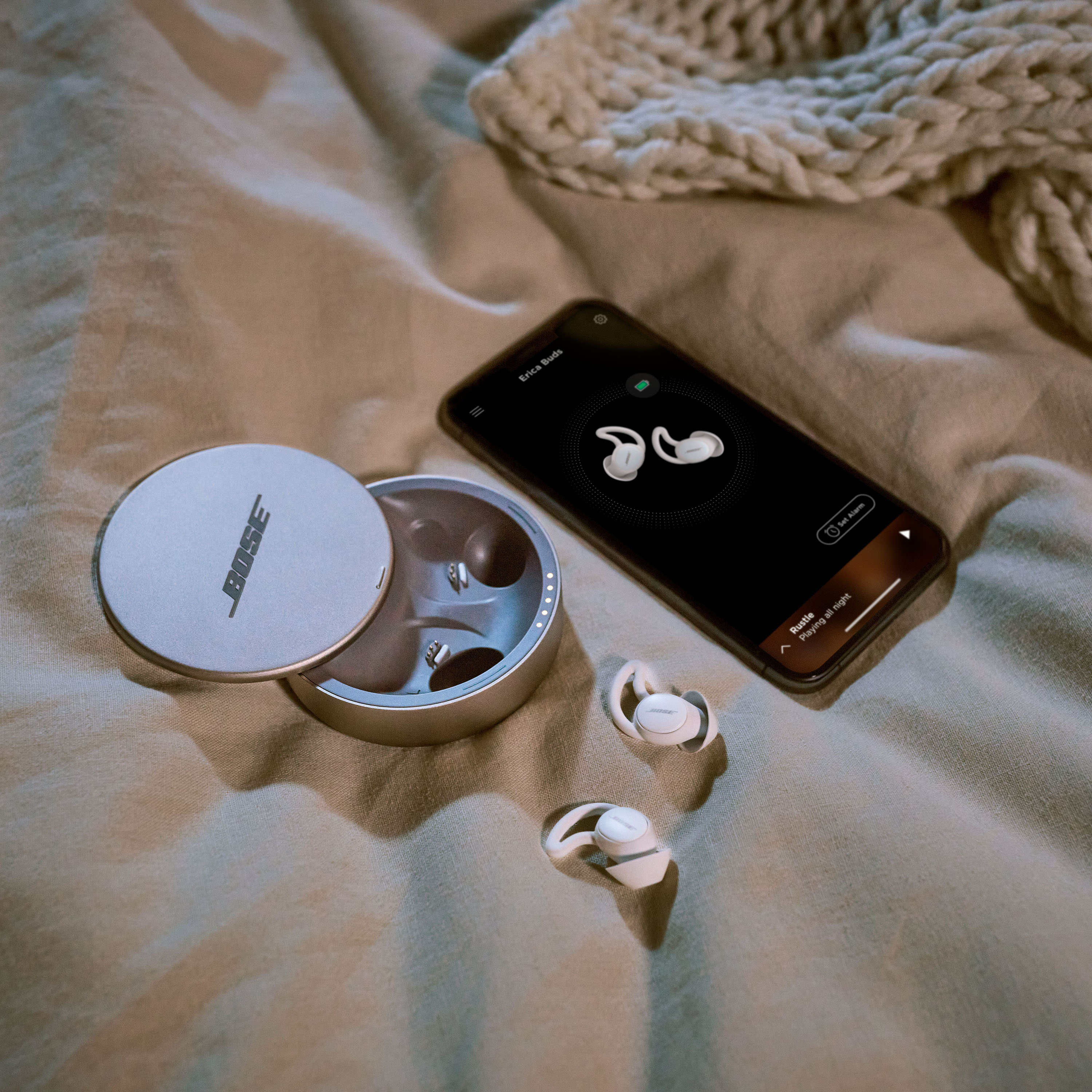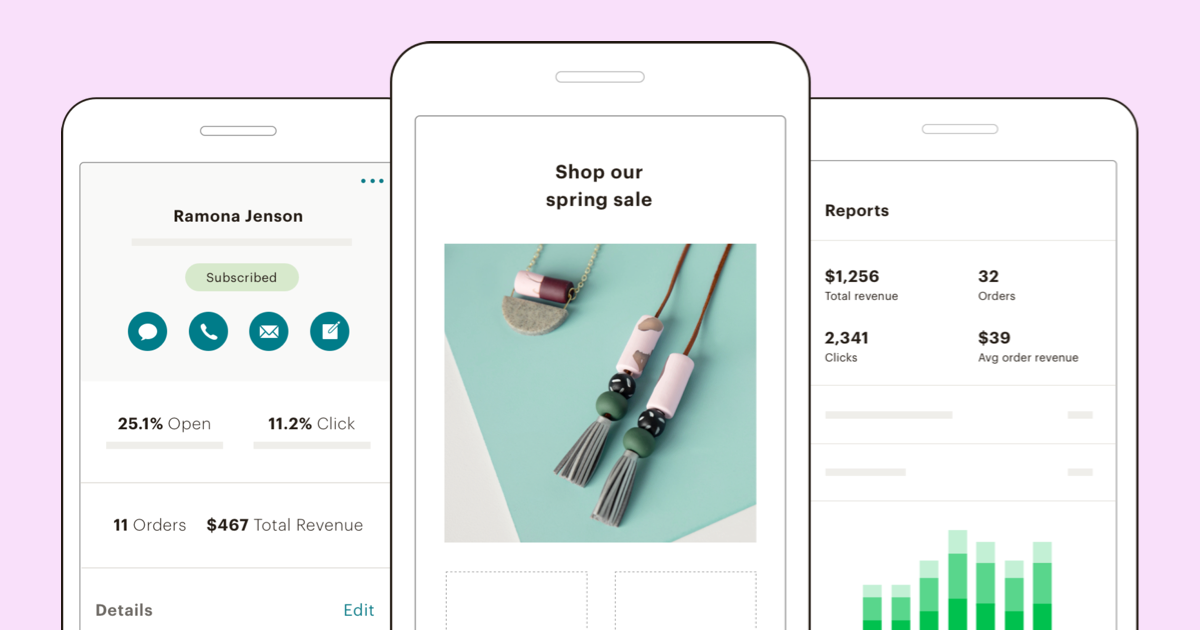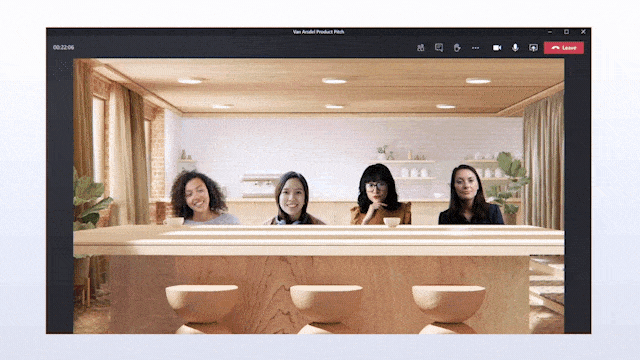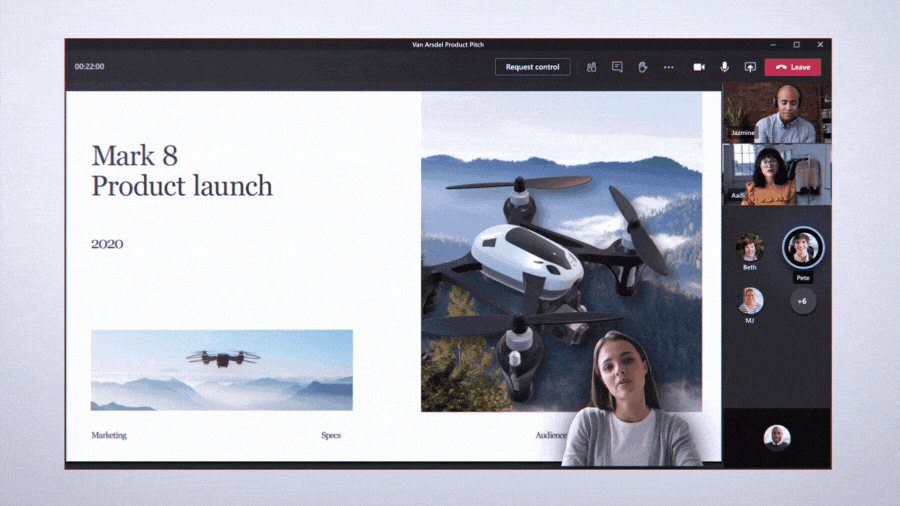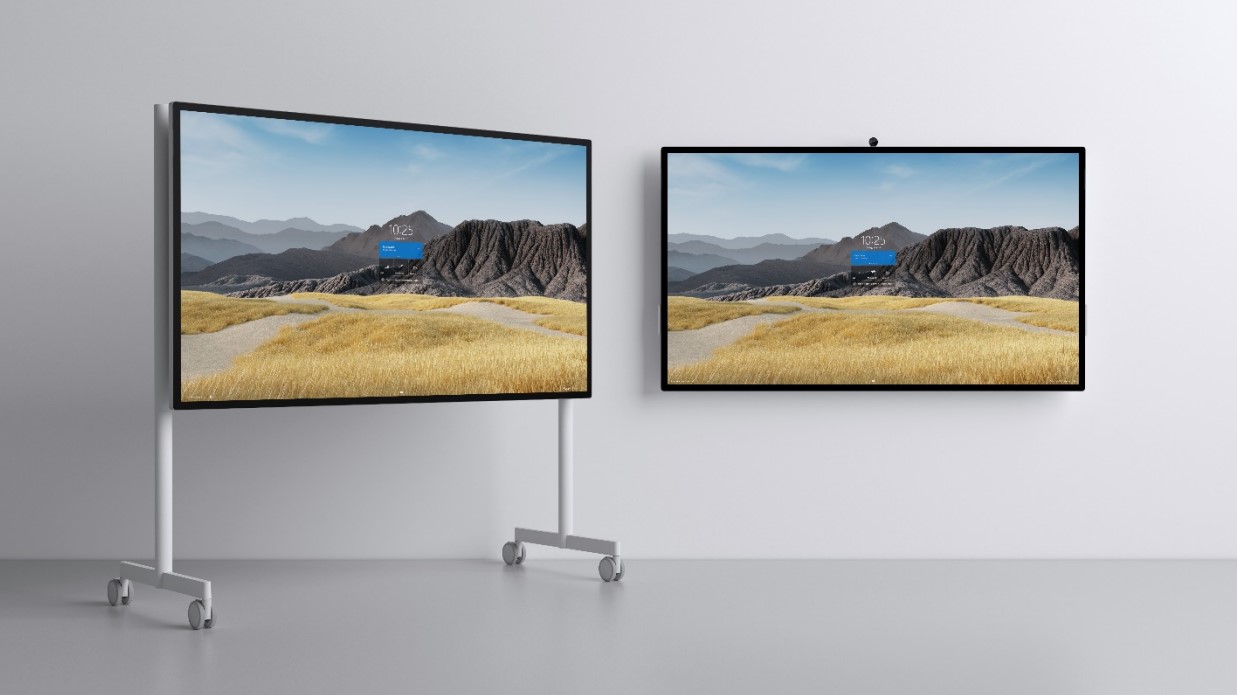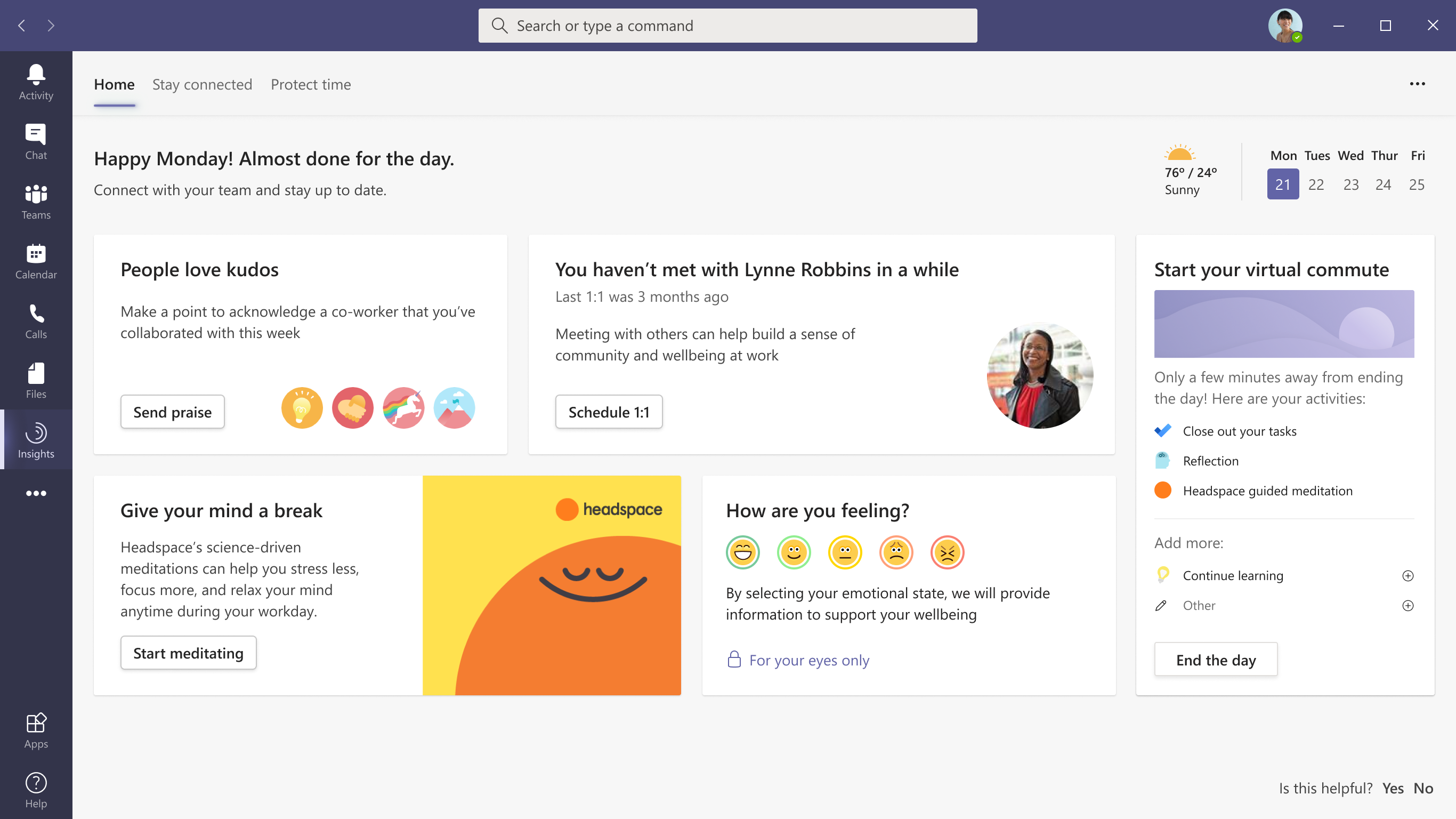The COVID-19 pandemic impacted the way a number of companies have had to do business. For the event discovery startup, IRL, it meant pivoting into the virtual events space. This April, the startup quickly reacted to government lockdowns and restrictions on in-person gatherings to focus on helping people find their online counterparts and other virtual events, like live-streamed concerts, Zoom parties, esports tournaments, and more. Today, those efforts are paying off as IRL announces $16 million in Series B funding and the expansion of its social calendaring app to colleges.
The new round was led by Goodwater Capital with participation from Founders Fund, Floodgate, and Raine, and comes on top of the $11 million IRL had previously raised, including its $8 million Series A last year.
The coronavirus pandemic, surprisingly, may have made IRL relevant to a wider audience. Before, IRL was mostly useful to those who lived in areas where there were a lot of events to attend, or who could afford to travel. But with the refocusing on “remote life” instead of “real life,” more people could launch the app to find something interesting to do — even if it was only online.
In fitting with its new focus, IRL redesigned its app earlier this year to create a new homescreen experience where users could discover events they could attend remotely. This design continues to be tweaked, and now features a colorful “discover” tab in the app where you can tap into various event categories, like gaming, music, tv, wellness, sports, podcasts, lifestyle, and more, including those sourced from partners like TikTok, Meetup, Twitch, Spotify, SoundCloud, HBO, Ticketmaster, Eventbrite, and others.
There are also dedicated sections for events you’re following and a curated Top Picks. The IRL in-app calendar, meanwhile, lets you easily see what’s happening today and in the weeks and months ahead.
Since its refocusing on virtual events, IRL has brought people together for online happenings like Burning Man’s Multiverse and TikTok Live’s The Weekend Experience, for example.
According to TikTok, IRL had helped it gauge early interest in its The Weekend Experience event, with some 52,000 IRL RSVPs and 1.1 million followers on its IRL profile.
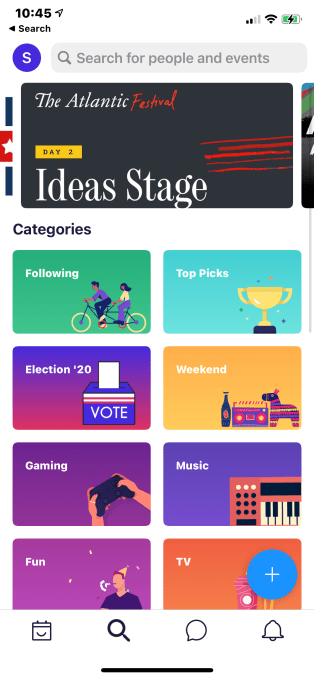
Image Credits: IRL screenshot via TechCrunch
“IRL has been an amazing platform for us to engage with more of our audience and meet new potential users,” said Jenny Zhu, Head of Integrated Marketing U.S. at TikTok. She also added that TikTok sees “major traffic coming from IRL” and is “excited to continue our partnership.”
In terms of growth, IRL claims its users are now tracking over 1 million hours per spent daily in “Time Together” — a metric that tabulates the number of hours users are spending together at the events they RSVP’d to, virtual or otherwise. In addition, IRL says it has seen 10x growth in daily active users and a total of 300 million “Time Together” hours since last June. It also claims 5.5 million MAUs.
While IRL doesn’t share its download figures, app store intelligence firm Sensor Tower estimates the app has seen a total of 7.7 million installs across iOS and Android.
With the additional capital, IRL is expanding with the launch of a college network.
Its goal is to improve upon the Facebook experience for the younger, student demographic by helping college users find, share, and attend academic and social events, both physical and virtual. However, just this month Facebook launched its own college network, Facebook Campus, which allows students to privately network and track student events on the Facebook platform, outside of their main Facebook profile.
IRL says it’s starting its college network with 100 colleges and universities across the North America, including Harvard, Columbia and NYU. Facebook Campus, meanwhile, launched with 30 schools.
“IRL is the only social platform that helps users find the best ways to spend their time and actually encourages them to get off the platform,” said IRL founder and CEO Abraham Shafi, Founder, about the launch of the new network. “Colleges and universities, in particular, need a way to build and foster a sense of community, whether their students are away from campus remote learning or on campus practicing hybrid learning,” he explained.
For IRL’s investor, Chi-Hua Chien, a Managing Partner at Goodwater Capital, the potential in IRL is its focus on real connections and community-building.
“We believe IRL will grow to become one of the major social networks powering communities on the Internet and in the real world,” Chien said. “IRL delivers on the promise to make social media less isolating, by helping drive authentic connection between friends and family around events they care about,” he added.

